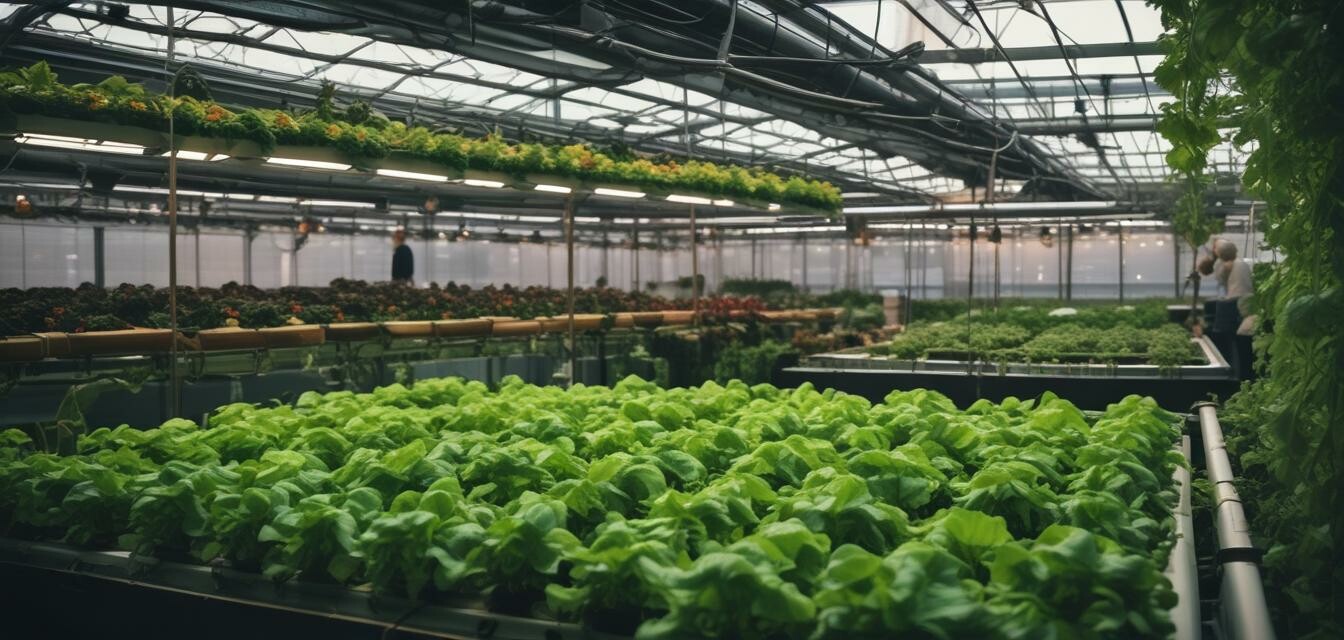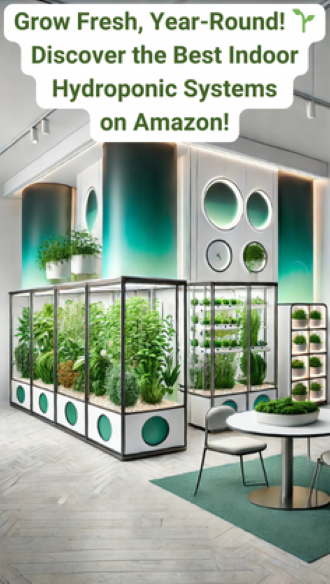
Urban Gardening Boom: Hydroponics Leading the Charge
- Hydroponics enables city dwellers to grow fresh produce indoors.
- Adaptable systems cater to various space limitations.
- Advanced nutrient delivery and lighting technologies enhance growth.
- Sustainable practices are reshaping urban gardening.
- Community initiatives are promoting urban gardening as a viable solution.
The urban gardening movement has witnessed a remarkable boom, driven significantly by the rise of hydroponics. Urban dwellers are increasingly seeking ways to cultivate their own food despite space constraints and environmental challenges. The efficiency and adaptability of hydroponic systems provide an ideal solution for various indoor settings.
The rise of urban gardening
As cities expand, green spaces are rapidly diminishing. This trend has sparked interest in personal gardening solutions, particularly hydroponics. Urban gardening not only utilizes limited space but also promotes sustainability and self-sufficiency among city residents.
Benefits of hydroponics in urban gardening
Hydroponics offers several advantages that make it particularly appealing to urban gardeners:
| Benefit | Description |
|---|---|
| Space-saving | Hydroponic systems can be compact, fitting into small apartments and homes. |
| Water-efficient | Less water is required compared to traditional gardening, reducing waste. |
| Pest control | Soil-less systems minimize the risk of soil-borne pests and diseases. |
| Faster growth | Plants can grow more quickly due to optimal nutrient delivery. |
| Year-round cultivation | Urban growers can produce fresh crops throughout the year. |
How hydroponics works
Understanding hydroponics is essential for any aspiring urban gardener. Hydroponics is a method of growing plants in nutrient-rich water instead of soil. This innovative approach allows for better control over the growing environment, resulting in healthier plants and increased yields.
Key components of hydroponic systems
To get started with hydroponics, it's important to understand the essential components that make up a hydroponic system:
- Growing Medium: Materials like rock wool, clay pellets, or coconut coir that support plant roots.
- Nutrient Solution: A mix of water and nutrients that provide the necessary elements for plant growth.
- Water Pump: Circulates the nutrient solution to the plants.
- Lighting: LED or fluorescent lights to provide necessary light for photosynthesis, especially in low-light environments.
- pH Control: Maintaining the correct pH level is crucial for nutrient absorption.
Innovations in hydroponics technology
The field of hydroponics is constantly evolving. Here are some of the latest innovations transforming indoor gardening:
| Innovation | Description |
|---|---|
| Automated systems | Smart hydroponic systems that monitor and adjust nutrient levels and environments remotely. |
| Advanced LED lights | Efficient lighting options that simulate natural sunlight and enhance photosynthesis. |
| Vertical gardening | Using wall-mounted or stacked systems to maximize space and increase yield. |
| Integrated pest management | Strategies that combine various techniques to minimize pest issues organically. |
Community and urban gardening
Community initiatives play a key role in popularizing urban gardening. Local workshops, online forums, and gardening clubs provide resources and support to aspiring urban gardeners, ensuring that they have the necessary knowledge and skills to thrive.
Join the movement
By participating in community gardening projects, individuals can share their experiences, learn new techniques, and foster valuable connections. Urban gardening is not just about producing food; it cultivates a sense of community and environmental stewardship.
Tips for getting started with hydroponics
- Begin small: Start with a countertop hydroponic kit that fits your available space.
- Choose the right plants: Select easy-to-grow varieties, such as lettuce, herbs, or small tomatoes.
- Monitor system conditions: Regularly check nutrient levels, pH, and light exposure.
- Learn from others: Engage with online communities and forums for advice and inspiration.
- Experiment and adapt: Don’t be afraid to try new techniques and adjust your system as you learn.
Pros
- Ideal for limited spaces.
- Environmentally friendly and resource-efficient.
- Potential for higher yields compared to traditional gardening.
- Great for urban communities looking to grow their own food.
Cons
- Initial setup costs may be higher.
- Requires learning about nutrient management and system maintenance.
- Some systems can be complex for beginners.
- Dependence on electricity for pumps and lights.
Conclusion
The urban gardening boom, led by hydroponics, is paving the way for a sustainable future. With advances in technology and growing community support, more urban dwellers can enjoy homegrown produce regardless of space limitations. Whether you’re an experienced gardener or a beginner, hydroponics provides an exciting opportunity to grow fresh food and contribute to a greener city.
Explore more about buying guides for hydroponic systems, learn about environmental control equipment, and discover innovative updates in hydroponic technology to stay ahead in the urban gardening movement. Share your insights or connect with fellow gardeners in your local community today!
